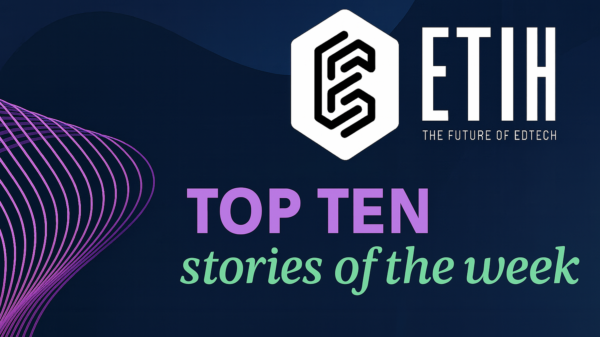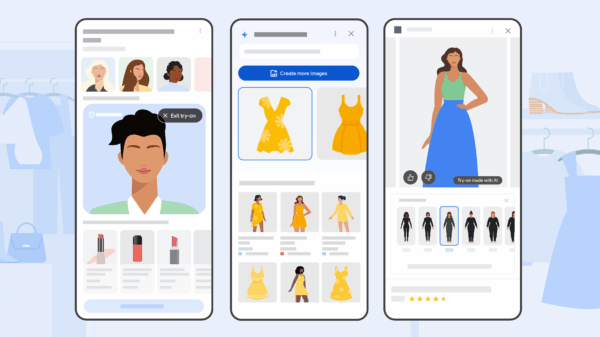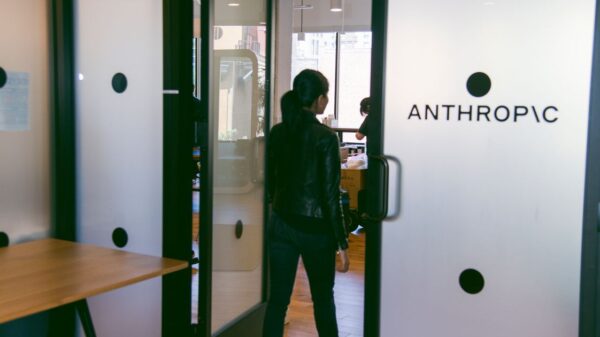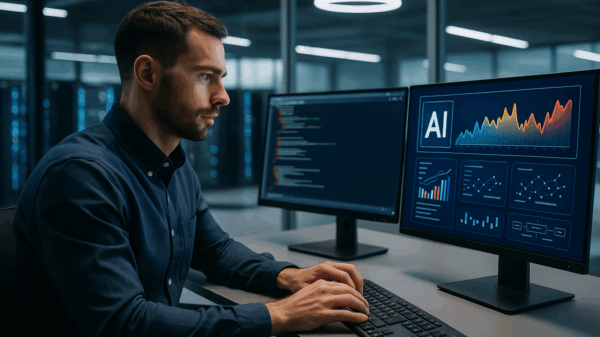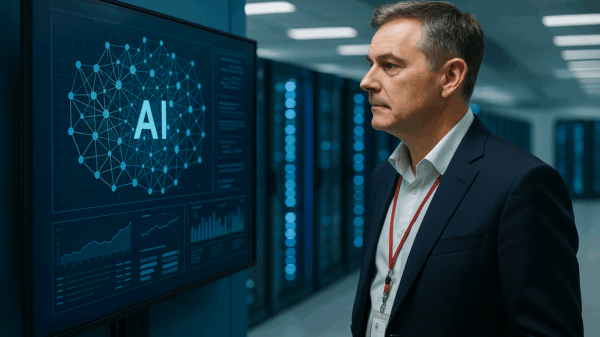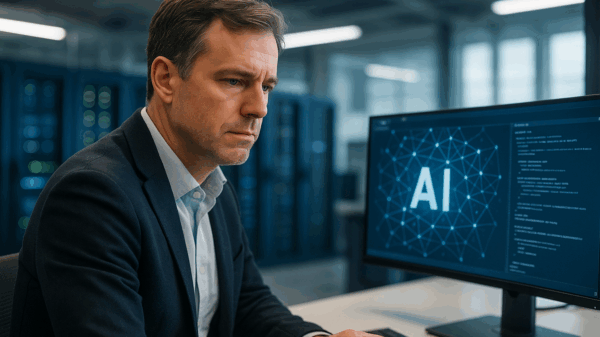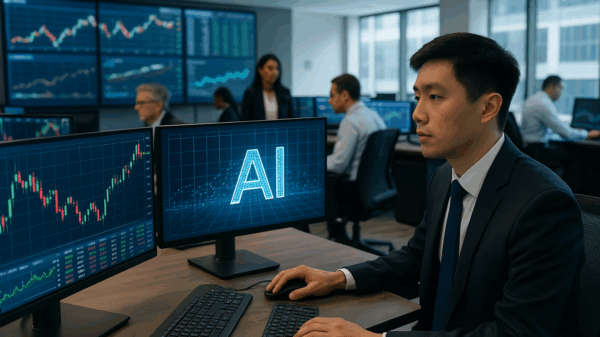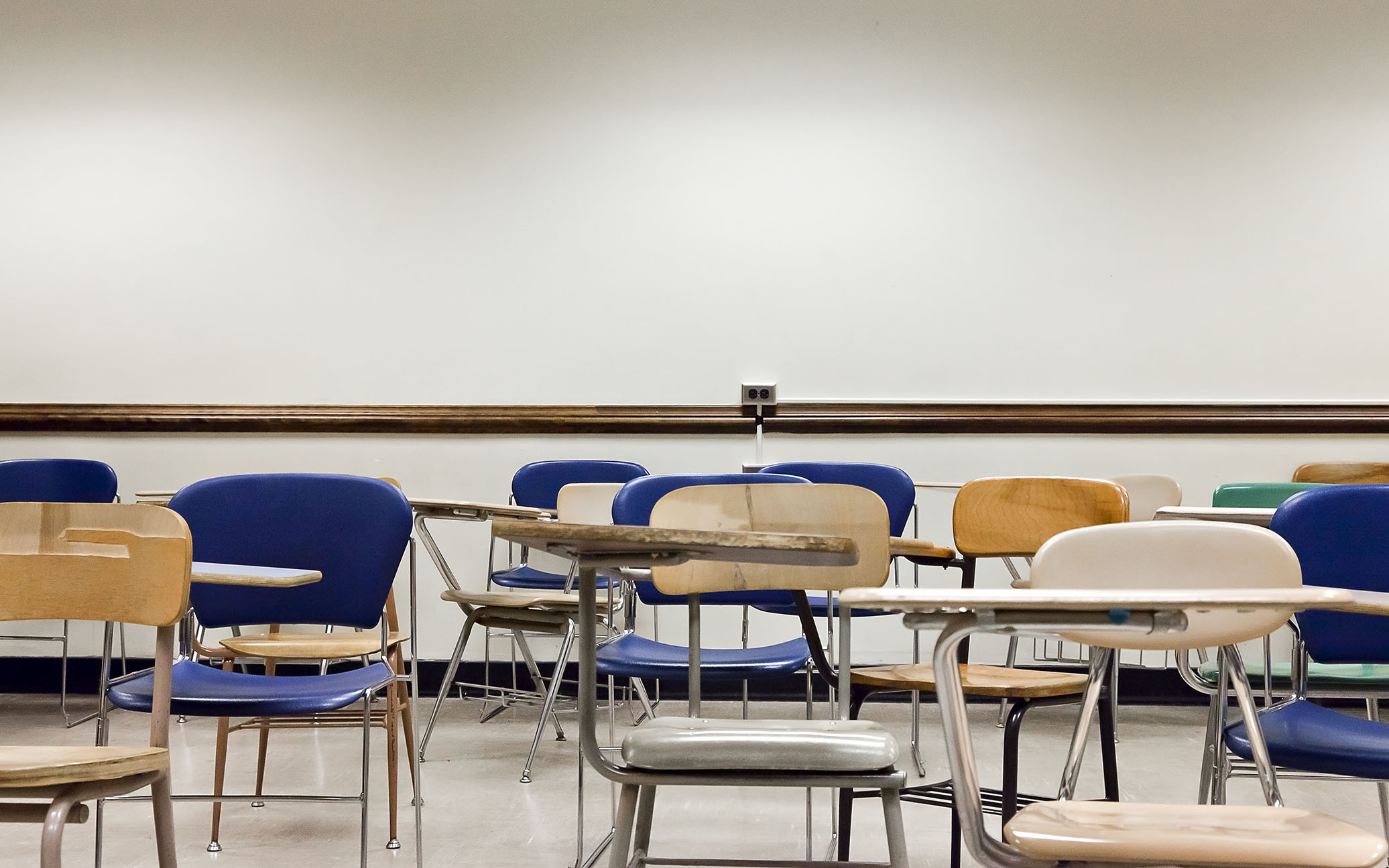The integration of artificial intelligence (AI) into the educational sector is witnessing a notable surge, particularly in developing individualized education programs (IEPs) for students with disabilities. A recent report from the Center for Democracy & Technology, a nonprofit organization, reveals that during the 2024-2025 school year, 57% of licensed special education teachers reported using AI to assist with IEPs or 504 plans, marking an 18% increase from the previous year.
This increasing adoption of AI tools reflects a trend towards leveraging technology to enhance educational outcomes. Special educators are utilizing AI not only to identify trends in student progress but also to summarize IEP content, select specific accommodations, and even draft entire plans. These capabilities are crucial in addressing the unique needs of each student, especially those with disabilities.
However, the rapid integration of AI into this sensitive area has raised significant concerns. Ariana Aboulafia, who leads the project for disability rights in technology at the Center for Democracy & Technology, emphasizes that while the increased use of AI is understandable, it is critical for teachers, administrators, and students to be aware of potential risks. Aboulafia cautions that improper use of AI tools could infringe upon the legal rights of disabled students and lead to violations of the Individuals with Disabilities Education Act and the Family Educational Rights and Privacy Act (FERPA).
The report highlights concerns regarding the accuracy and potential biases present in AI-generated information. Perry A. Zirkel, a professor emeritus of education and law at Lehigh University, notes that while AI tools can save time—a crucial resource for teachers—they also pose risks by potentially failing to meet individual student needs due to technological constraints related to customization and accuracy.
See also Lingnan University and The University of Sydney Urge Overhaul of Education for AI Era
Lingnan University and The University of Sydney Urge Overhaul of Education for AI EraJames D. Basham, a special education professor at the University of Kansas and director of the Center for Innovation, Design, and Digital Learning, believes that the actual usage of AI among special educators may be even higher than reported. His center and others are actively working on providing resources to help educators learn how to effectively use AI in their practices. Basham asserts, “There are potentially enormous benefits for students with disabilities and their families when teachers have time to focus on ensuring each student has an appropriately individualized education program.” He underscores the necessity for educators to receive proper training in AI use to ensure its effective application.
The implications of this trend are significant. As AI continues to evolve and permeate educational systems, it could fundamentally change how individualized education is approached, potentially enhancing learning experiences for many students with disabilities. However, the balance between leveraging AI’s benefits and safeguarding students’ legal rights and personalized needs remains a critical concern that must be addressed.
In conclusion, while the benefits of utilizing AI in developing IEPs are apparent, the growing reliance on such technology necessitates a careful examination of its implementation. Educators must navigate these advancements responsibly to maximize the potential of AI while ensuring compliance with existing laws and prioritizing the unique needs of each student.















